Related Collections
Popular Themes in Lord Shiva Paintings
1. Meditating Shiva
Beyond tranquil contemplation, Shiva’s meditative pose symbolizes spiritual mastery and the ascetic’s pursuit of moksha atop Mount Kailash—drawing seekers into his cosmic stillness, the heart of yogic tradition and Hindu philosophy.
2. Nataraja
Shiva’s cosmic dance unfolds the universe’s cycles of creation and destruction. Encircled by flames, his movement symbolizes boundless energy, life’s rhythm, and the power to dissolve ignorance.
3. Shiva and Parvati
Paintings of Shiva with Parvati balance masculine–feminine energies, family harmony, and shared spiritual journeys—often with Ganesha and Kartikeya—emphasizing grace, unity, and divine love.
4. Shiva with Nandi
Nandi, the devoted bull, epitomizes loyalty and steadfast companionship. The motif evokes rural simplicity and harmony with nature, with Nandi patiently attending to his lord in mountain sanctuaries.
5. Ardhanarishvara
The half Shiva–half Parvati form embodies perfect duality, unity, and cosmic equilibrium—affirming that every soul contains both the masculine and the feminine.
6. Shiv–Shakti
The dynamic interplay and spiritual union of Shiva (consciousness) and Shakti (energy) across mythology, art, and Tantra. Unlike a single visual (e.g., Ardhanarishvara), Shiv–Shakti spans both philosophy and motifs—appearing as merged or paired figures.
7. Shiv Parivar
Depicting Shiva, Parvati, Ganesha, and Kartikeya together, Shiv Parivar paintings symbolize completeness, flowing grace, and family blessings—an auspicious presence for homes and gatherings.
8. Shiva as Neelkanth
With his iconic blue throat and tranquil demeanor, Neelkanth represents sacrifice—Shiva consuming poison during the churning of the ocean—signifying endurance, compassion, and transformative grace.
9. Shiva as Bhairava
Fierce and protective, Bhairava guards thresholds, removes obstacles, and embodies spiritual intensity. His vivid iconography invites viewers to face fear and renew courage.
10. Kailash & Himalaya-Inspired Paintings
The majestic Himalayas—with sacred Mount Kailash—symbolize refuge, spiritual ascent, and communion of earth and heaven, inspiring transcendence and solitude.
Notable Lord Shiva Art Styles and Traditions
1. Pahari Miniatures
From Kangra, Basohli, and Guler: Shiva with Parvati on meadows or snowy peaks, Nandi by their side, Ganga flowing from his jatas, and serene yogic depictions. Narrative scenes—wedding, Nataraja—shine through exquisite miniature brushwork.
2. Tanjore Paintings
South Indian bejewelled works with embossed gold leaf and gemstones give Shiva a radiant presence—often alongside Parvati, Ganesha, and Kartikeya. Hallmarks include the blue throat (Neelkanth), crescent moon, trident, third eye, and themes like “Shiva Parvati Kalyanam.”
3. Madhubani Art
Stylized, geometric portraits of Shiva with matted locks, crescent moon, vibhuti lines, and serpent necklace; recurring lotus, fish, and sun motifs. Scenes span marriage, cosmic dance, and family—framed by intricate patterns using organic reds, yellows, and greens.
4. Modern and Abstract Paintings
Contemporary “Mahadev” interpretations reimagine Shiva with minimalist forms and bold color fields—spiritual depth expressed through modern aesthetics.
Raja Ravi Varma portrayed mythic grandeur; F. N. Souza’s abstract works (e.g., “Dancing Shiva”) fuse Western modernism with Indian iconography. Tyeb Mehta and Manjit Bawa explored inner transformation through Shiva’s cosmic power; Jatin Das channels meditative and dynamic energy in contemporary compositions.
ArtFlute’s curated collection honors this diversity, bringing together living Indian artists who channel Shiva’s symbolism through original works. Explore artists like Amol Pawar, Subrata Ghosh, Rajeshwar Nyalapalli, and Jatin Das, and browse our wider Spiritual & Mythological collection.
5. Other Folk and Tribal Art
Warli renders Shiva with geometric minimalism and ritual scenes; Gond weaves him into forested myths with dotted motifs; Bhil uses earthy palettes and dot techniques to depict symbols like the trident—passing on oral traditions through vivid visual language.
How to Choose the Right Shiva Artwork for Your Space
1. For Living Rooms
Make a bold cultural statement—Nataraja and family themes are conversation anchors blending creativity and tradition.
2. For Meditation Spaces
Serene meditating Shiva or Himalayan landscapes cultivate reflection and inner calm—inviting a personal connection to India’s spiritual heritage.
3. For Office Spaces
Mahadev imagery of transformation, balance, and focus resonates with growth and purpose at work.
4. For Gifting
Choose Ardhanarishvara for unions, Neelkanth for protection—meaningful gifts that mirror the recipient’s journey.
Shop Famous Paintings of Lord Shiva Online at ArtFlute
1. 100% Original Paintings & Limited Edition Serigraphs
Every original artwork is one-of-a-kind, and you’ll also find limited-edition serigraphs by select master artists (hand-signed and numbered).
2. Customization Services to Match Your Preferences
Love an artist’s style but have a specific vision? Reach out at +91-8088-313131 or experiene@artflute.com to commission a work.
3. Certificate of Authenticity with Every Purchase
Provenance and recognition for collectors and future generations.
4. Secure Payment Options & Worldwide Shipping
ArtFlute’s secure payments and logistics expertise ensure safe arrival, wherever you are.
FAQs About Mahadev Paintings Online
What do Shiva paintings symbolize?
What do Shiva paintings symbolize?
A painting of Shiva symbolizes cosmic power, spiritual strength, transformation, and the eternal cycles of creation and dissolution.
Who made the first picture of Lord Shiva?
Who made the first picture of Lord Shiva?
Early depictions appear in prehistoric rock paintings at Bhimbetka (Madhya Pradesh), the Indus Valley's "Pashupati" seal, and sculptures like the Gudimallam Lingam (c. 2nd century BCE).
Is a Shiva painting good for home?
Is a Shiva painting good for home?
Yes—whether you enjoy mythological themes or contemporary "Mahadev" interpretations, Shiva artworks bring positivity, grounding, and dynamic energy.
Why choose Shiva paintings for your space?
Why choose Shiva paintings for your space?
They infuse positivity, spiritual grounding, and transformative energy—each piece acts like a visual mantra for balance and renewal.
What is the cost of Lord Shiva paintings online?
What is the cost of Lord Shiva paintings online?
Originals typically range from ₹50,000 to ₹5,00,000+, depending on artist, style, and size. Select serigraphs (e.g., Jatin Das) start around ₹30,000.
Where can I buy Lord Shiva paintings online?
Where can I buy Lord Shiva paintings online?
Buy hand-painted originals with authenticity and secure shipping at ArtFlute. Browse more such Indian paintings in our collections as well.

NandiIII_24inchX18inch_Acryliccharcoaloncanvas%2C.jpg&w=750&q=75)
NandiII_30inchX40inch_Acryliccharcoaloncanvas%2C.jpg&w=750&q=75)
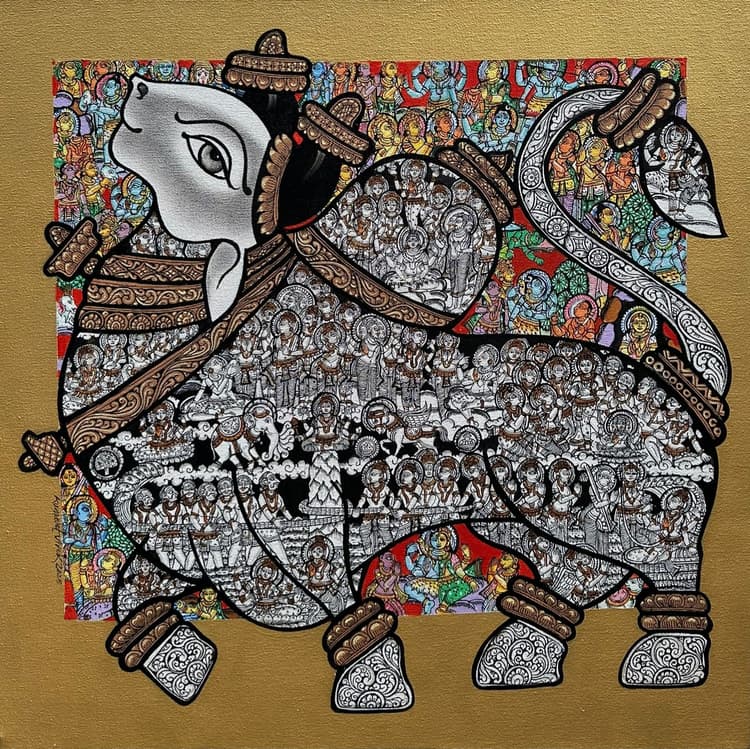
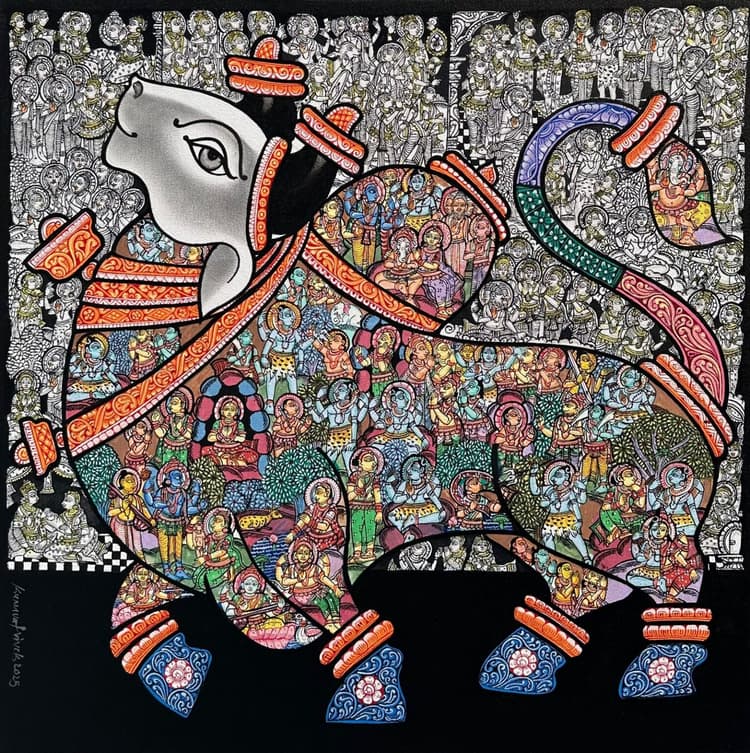




.jpeg&w=750&q=75)


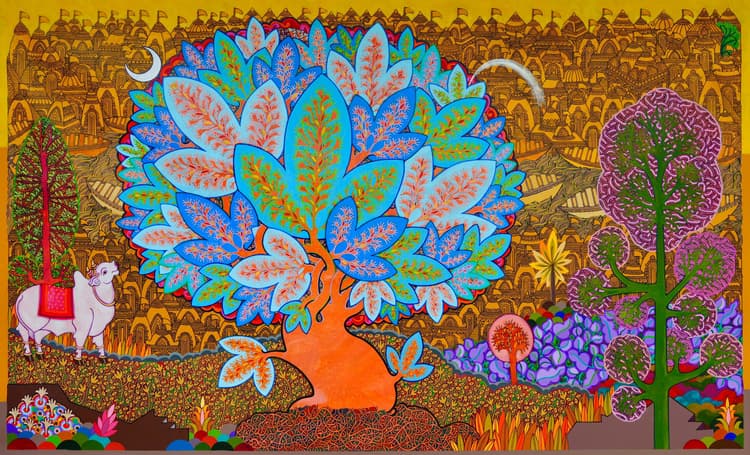
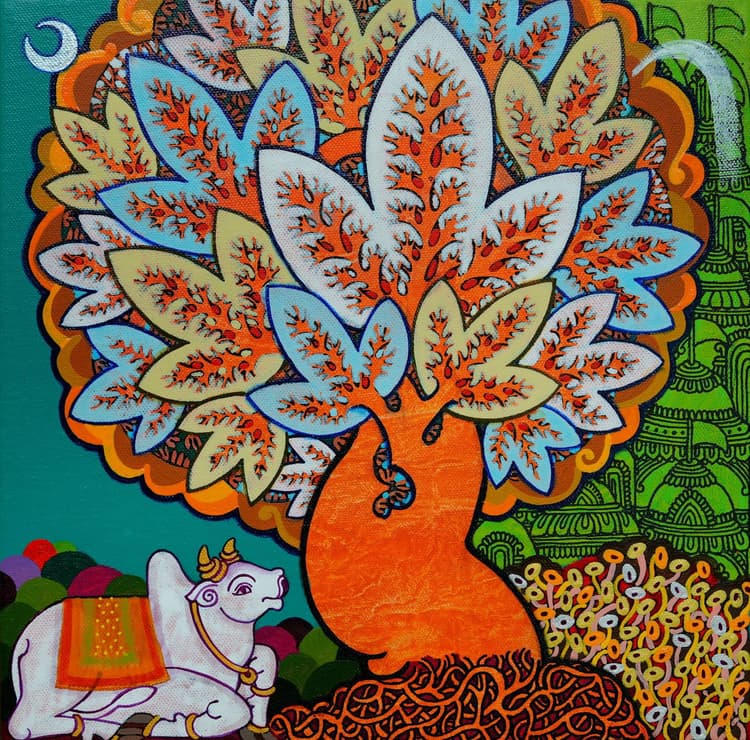
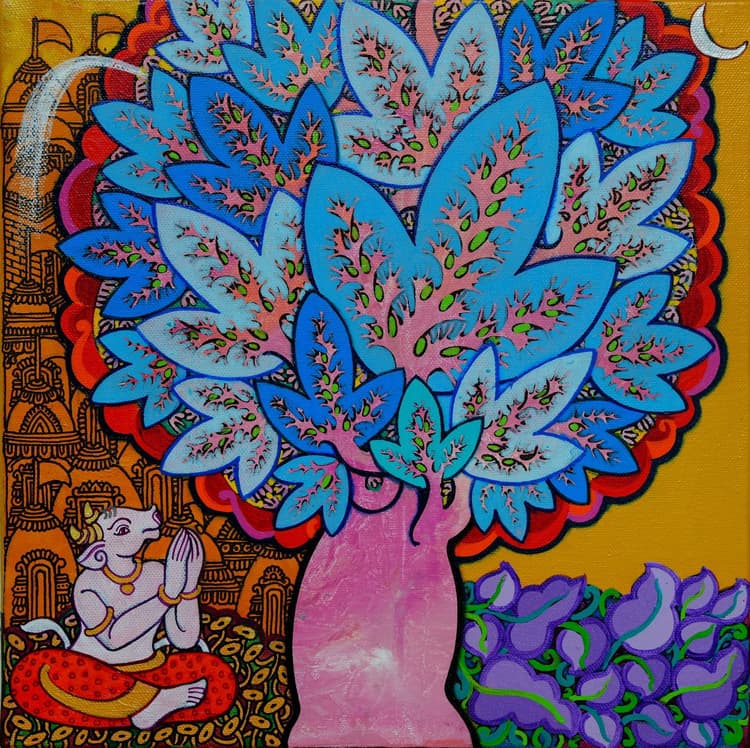






.jpg&w=3840&q=75)
